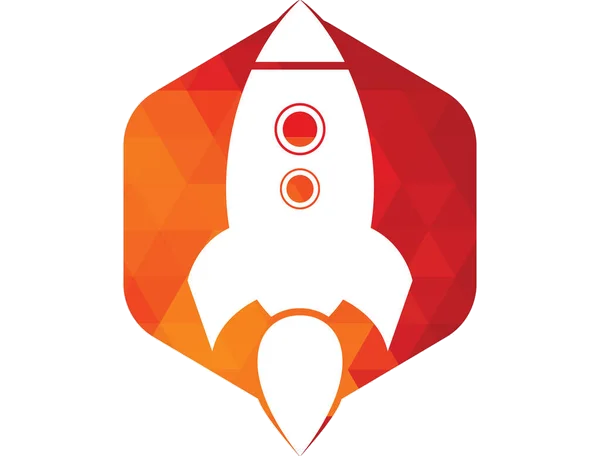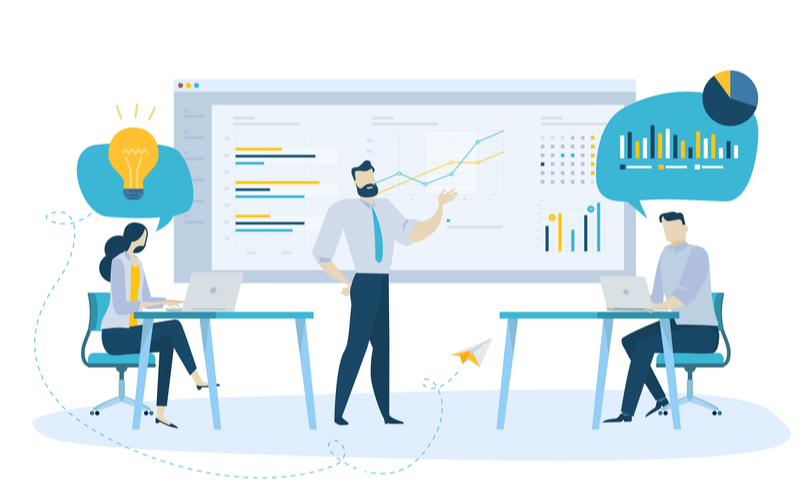The Complete Guide to Becoming a Data Analyst
Qualifications, Responsibilities, and Key Technologies
In today’s world Artificial Intelligence and Data Analysis are surging, Data Analysts are in high demand. Companies across industries rely on them to extract meaningful insights from raw data, driving smarter business decisions. If you’re considering a career in data analysis, this guide covers the essential qualifications, key responsibilities, and must-know technologies, including Python, R, and MATLAB.
Qualifications Needed to Become a Data Analyst
1. Educational Background
Most data analysts hold at least a bachelor’s degree in a relevant field however if you can prove you knowledge/experience without a degree & may not be a requirement. Here are some educational degrees that are helpful:
- Data Science
- Computer Science
- Statistics or Mathematics
- Economics or Business Analytics
- Engineering (for MATLAB-heavy roles)
While not always mandatory, a master’s degree (e.g., in Data Science or Business Analytics) can enhance job prospects, especially for senior roles.
2. Certifications (Boost Your Resume)
- Google Data Analytics Professional Certificate
- Microsoft Certified: Data Analyst Associate
- IBM Data Science Professional Certificate
- Tableau Desktop Specialist
3. Core Skills for Success
- Statistical Knowledge – Understanding probability, regression, and hypothesis testing.
- Programming Proficiency – Python, R, and sometimes MATLAB for data manipulation.
- Data Wrangling & Cleaning – Preparing messy data for analysis.
- Data Visualization – Creating clear, impactful charts and dashboards.
- Business Acumen – Translating data insights into actionable strategies.
- Communication Skills – Presenting findings to non-technical stakeholders.
Key Responsibilities of a Data Analyst
1. Data Collection & Cleaning
- Extracting data from SQL databases, APIs, or spreadsheets.
- Handling missing values, duplicates, and inconsistencies.
2. Exploratory Data Analysis (EDA)
- Using Python (Pandas, NumPy), R (dplyr, ggplot2), or MATLAB to uncover trends.
- Applying statistical techniques to identify patterns.
3. Data Visualization & Reporting
- Building interactive dashboards with Tableau, Power BI, or Python (Matplotlib/Seaborn).
- Creating reports for stakeholders using Jupyter Notebooks, R Markdown, or MATLAB Live Editor.
4. Predictive & Statistical Modeling
- Running regression analysis, clustering, and forecasting.
- Implementing basic machine learning models (e.g., scikit-learn in Python).
5. Business Decision Support
- Collaborating with teams to optimize strategies (marketing, finance, operations).
- Providing data-driven recommendations to improve performance.
Essential Technologies & Tools for Data Analysts
1. Programming Languages
Python (The Most Versatile)
- Libraries: Pandas (data manipulation), NumPy (numerical computing), Matplotlib/Seaborn (visualization), scikit-learn (ML).
- Use Case: Best for automation, machine learning, and large-scale data processing.
R (Statistical Analysis & Research)
- Libraries: dplyr (data wrangling), ggplot2 (visualization), caret (ML).
- Use Case: Preferred in academia, healthcare, and finance for statistical modeling.
MATLAB (Engineering & Scientific Computing)
- Toolboxes: Statistics and Machine Learning Toolbox, Curve Fitting Toolbox.
- Use Case: Common in engineering, physics, and signal processing industries.
2. Data Querying & Databases
- SQL (MySQL, PostgreSQL) – Essential for extracting data.
- NoSQL (MongoDB) – Handling unstructured data.
- Big Data Tools (Spark, Hadoop) – For large datasets.
3. Data Visualization Tools
- Tableau / Power BI – Drag-and-drop dashboards.
- Python (Plotly, Seaborn) / R (ggplot2) – Custom visualizations.
- MATLAB (App Designer) – For engineering-focused data apps.
4. Other Helpful Tools
- Excel/Google Sheets – Quick data analysis.
- Git/GitHub – Version control for code.
- Jupyter Notebook / RStudio / MATLAB Live Editor – Interactive analysis.
How to get started on your own?
- Learn the Basics – Take courses on Python (DataCamp, Coursera), R, or MATLAB (MathWorks tutorials).
- Work on Projects – Analyze datasets from Kaggle, UCI Machine Learning Repo, or government databases.
- Build a Portfolio – Showcase projects on GitHub, LinkedIn, or a personal blog.
- Gain Experience – Apply for internships, freelance gigs, or entry-level roles.
- Network & Stay Updated – Join data science communities (Kaggle, Reddit’s r/datascience).
Final Thoughts
Data analysts bridge the gap between raw data and business strategy. Mastering Python, R, and MATLAB—along with SQL, visualization tools, and statistical techniques—will set you up for success. Whether you’re just starting or upskilling, hands-on practice and continuous learning are key.
Are you ready to dive into data analysis? 🚀 Ready to dominate your industries search results? Let’s optimize your online presence today! Contact us for a FREE consultation!


Comments are closed